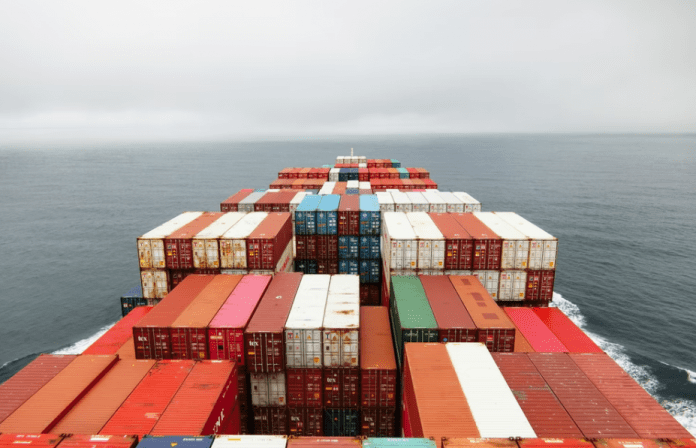The international freight transport insurer TT Club is bringing the nature of phytosanitary risks into even intense focus by helping to educate those involved in the intermodal supply chain about pests, while various sources of potential pest contamination exist throughout the global freight supply chain.
This is building on a series of animated supply chain security videos, as they can be effective in conveying crucial messages when vulnerabilities emanate at the time of packing freight units at export locations across many countries.
In introducing the videos, Peregrine Storrs-Fox, TT’s risk management director commented, “The condition of the structure of the ‘metal box’ and its cleanliness are clearly important elements in relation to pest movement. However, there needs to be focus attention on the condition of the goods themselves and any packaging or dunnaging materials to ensure that they are not contaminated either.”
The four videos feature how the route taken by a road transport vehicle can affect cleanliness, as well as how mud and vegetation can harbour invasive pests, risking contamination before loading on board a ship.
They also highlight how packing freight units under bright lighting at night can attract unwanted insects, as well as the risk of cargo from previous loads also introducing invasive creatures.

TT Club said in a statement that both national legislatures and multinational regulators are keen to minimise potentially devastating consequences to agriculture and the natural environment that unwanted invasive pests can deliver.
The company wishes to bring the substantial issues of such contamination to the broad range of stakeholders as container flows are complex, involving multiple handovers of control and transport modes.
A critical place of potential pest contamination is the packing point, over which the shipper exerts the most influence and control. Therefore, an understanding by a number of parties about the interdependencies and mechanics of the supply chain is required to build effective measures to mitigate the risks of the transfer of invasive pests.







